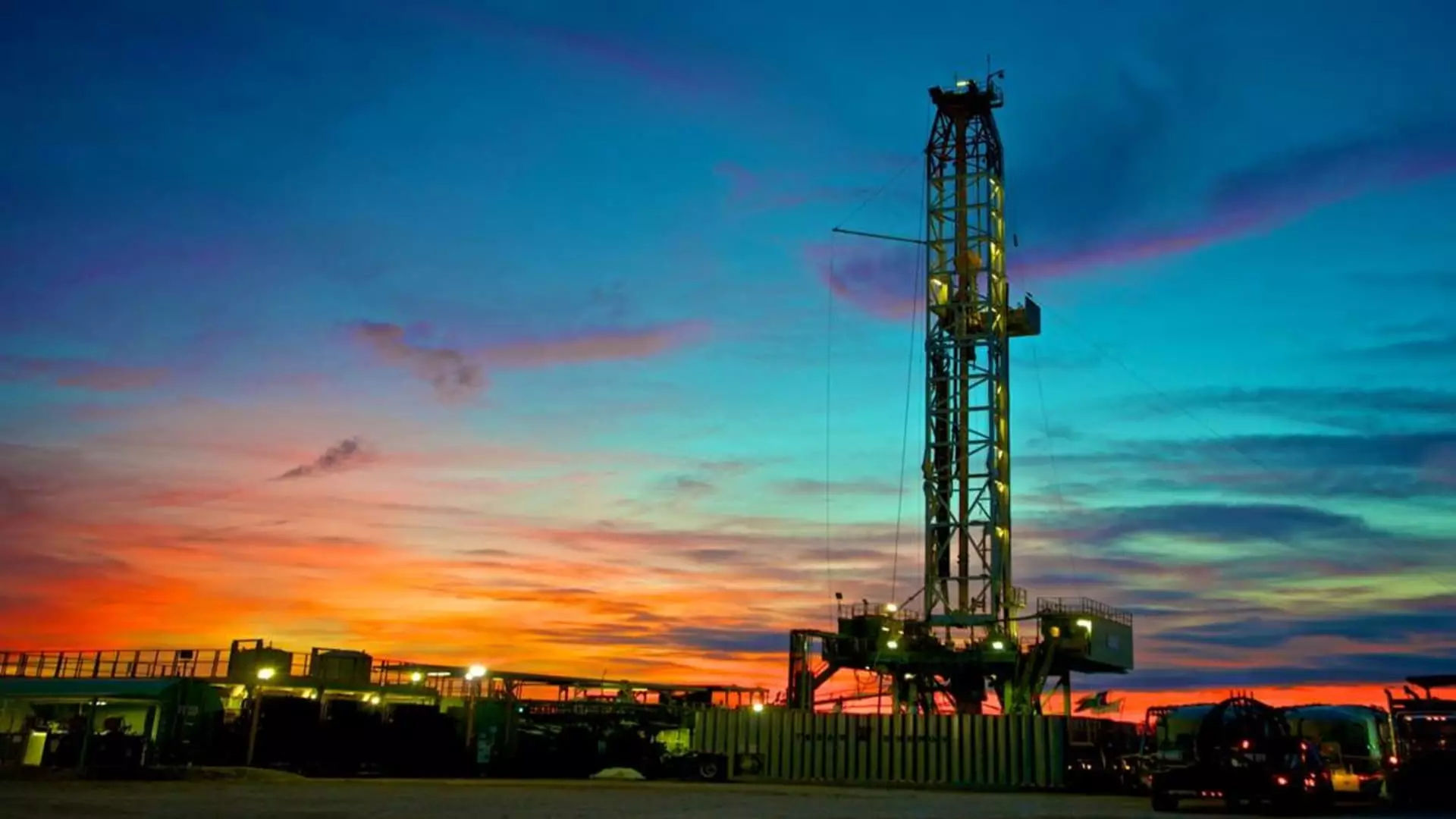In the context of the looming 2024 presidential election, the emphasis on maintaining and enhancing America’s energy dominance has gained renewed significance. TotalEnergies CEO Patrick Pouyanne recently highlighted this pressing issue, asserting that the next administration must prioritize America’s competitive edge in energy production. The U.S. currently stands as the largest oil producer globally, contributing to 22% of the world’s oil supply, and is also the predominant consumer, further consolidating its role in the energy landscape. This dual position not only fuels domestic industries but also enhances geopolitical strength by allowing the U.S. to be a vital player in the global energy market.
The energy landscape in America has experienced substantial growth, particularly due to the shale revolution. Pouyanne’s remarks about the unprecedented rise in U.S. oil production reflect a broader acknowledgment of the transformation that has occurred over the last few years. From production lows of 5.1 million barrels per day in 2008, the U.S. hit a striking high of nearly 13 million barrels per day by 2023. This leap can largely be attributed to shale production, which now accounts for approximately 64% of the country’s total crude output. This shift has underscored the significance of hydraulic fracturing, or fracking, both as a driver for production and a contentious environmental debate.
As the election approaches, political narratives surrounding energy have rapidly evolved, particularly among Democratic candidates. Vice President Kamala Harris’ newfound support for fracking is noteworthy; it marks a stark departure from the more stringent environmental positions traditionally held by Democrats. This pivot underscores a complex landscape where economic imperatives increasingly intertwine with environmental considerations, complicating the political discourse around energy production.
The Republican party, historically allied with the expansion of drilling projects and deregulation, continues to champion conventional energy sources as key components of national strategy. This reflects a divergence in approaches regarding energy policies based on partisan lines, yet the increasing support for shale from the left indicates a potential shift towards a more unified approach. The prospective winner of the election may therefore have to navigate this evolving political terrain carefully, balancing energy production with environmental stewardship.
Both major parties recognize that America’s energy dominance offers a competitive advantage. As Pouyanne pointed out, whoever takes the presidency must consider the economic ramifications of energy decisions and how they affect international relations. The U.S. has leveraged its energy resources to significantly bolster supplies to Europe, particularly in response to decreasing imports from Russia following geopolitical tensions. By providing nearly half of Europe’s liquefied natural gas (LNG) in 2023, the U.S. has utilized energy exports as a strategic geopolitical tool, highlighting the integral link between energy policy and national security.
While energy production is crucial for economic growth, it is essential to address the environmental implications associated with fossil fuel extraction methods like fracking. The concerns regarding water usage and pollution associated with hydraulic fracturing underscore the necessity for a balanced approach. The commitment to uphold energy dominance should not overshadow the importance of transitioning towards more sustainable energy practices. There is a palpable frustration among environmental activists regarding the potential long-term impacts of fossil fuel dependency, which complicates the political landscape even further.
The conversation surrounding energy must integrate innovative and responsible approaches to reduce carbon footprints while ensuring that energy production continues to support economic stability. The viability of America’s energy-dependent economy relies not only on the quantity of its fossil fuel production but also on the commitment to sustainable practices and technological advancements in renewable energy.
Ultimately, the next U.S. administration will face the significant challenge of maintaining energy dominance while simultaneously addressing environmental responsibilities. Balancing these priorities will require calculated policymaking, compromise, and open dialogue among stakeholders. As the election nears, the discourse on energy production and climate action is bound to evolve, potentially paving the way for a more integrated approach to America’s energy future—one that honors the country’s competitive advantages without sacrificing environmental integrity.
The stakes are high, and the path forward must be navigated with insight and foresight. The future of American energy lies in the ability to foster innovations that can coexist with the pressing need for sustainable practices, ensuring that U.S. energy leadership endures in a complex global landscape.

Leave a Reply